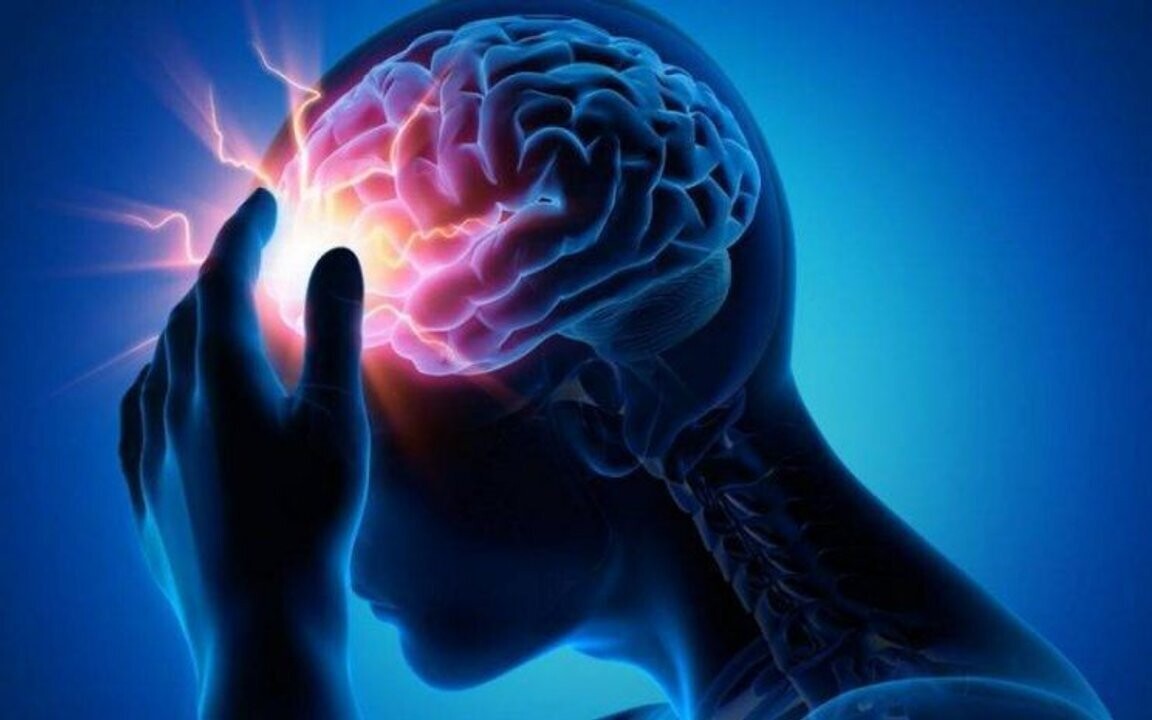
A stroke (CVA) is a medical emergency that can change a person's life in a matter of minutes. It occurs when blood flow to a part of the brain is reduced or interrupted, which can cause irreversible damage due to lack of oxygen and nutrients.
For patients with a stroke, time is critical. A quick response, diagnosis, and treatment can play a decisive role in the progression of the disease, preventing lasting consequences. Currently, stroke is the third leading cause of death worldwide and it is necessary to recognize the first signs through the F.A.S.T methodology for timely diagnosis: F (Face), A (Arm), S (Speech), and T (Time).
If you notice any of these symptoms, it is recommended to call emergency services immediately. In the assessment process of a stroke patient, precision technology plays an important role in managing and monitoring the evolution of the case.
Katya Podnebesnova, General Manager of Siemens Healthineers in Argentina, Chile, and Uruguay, mentioned that "allowing for a rapid response time that can save patients' lives and reduce the consequences that can result from a stroke that is not treated in time.” Advances in medical technology are transforming the diagnosis and treatment of strokes, allowing for faster and more accurate care.
Prevention is the best defense against strokes, as approximately 80% can be avoided. Angiography, combined with computed tomography and magnetic resonance imaging, provide significant information about the affected brain area, helping doctors make safe treatment decisions and improving the recovery prospects of affected patients.














